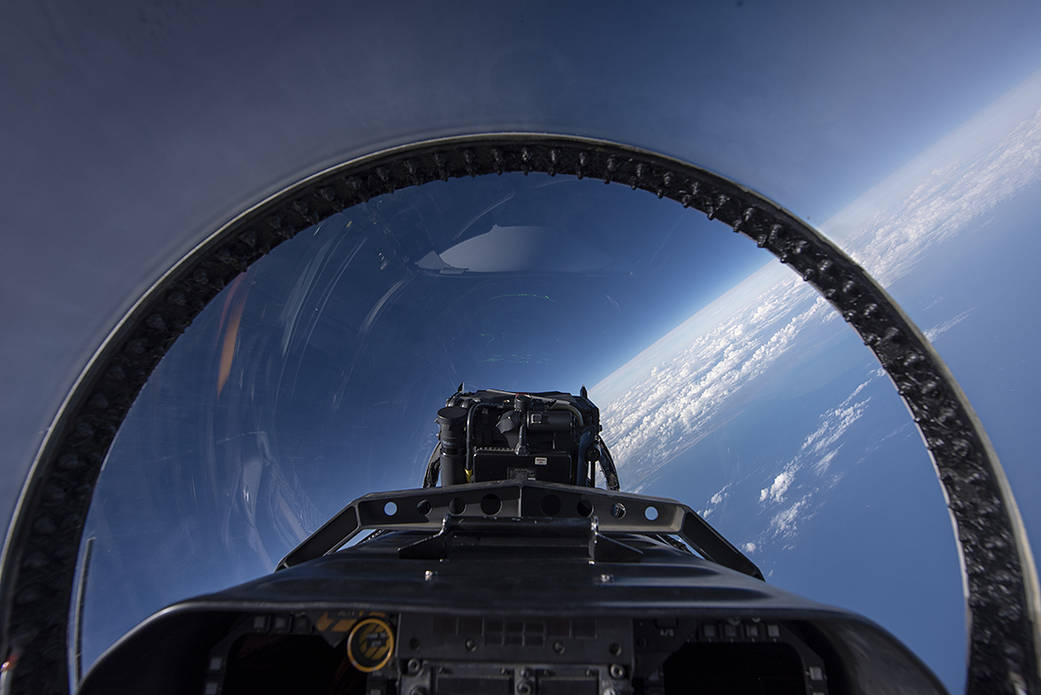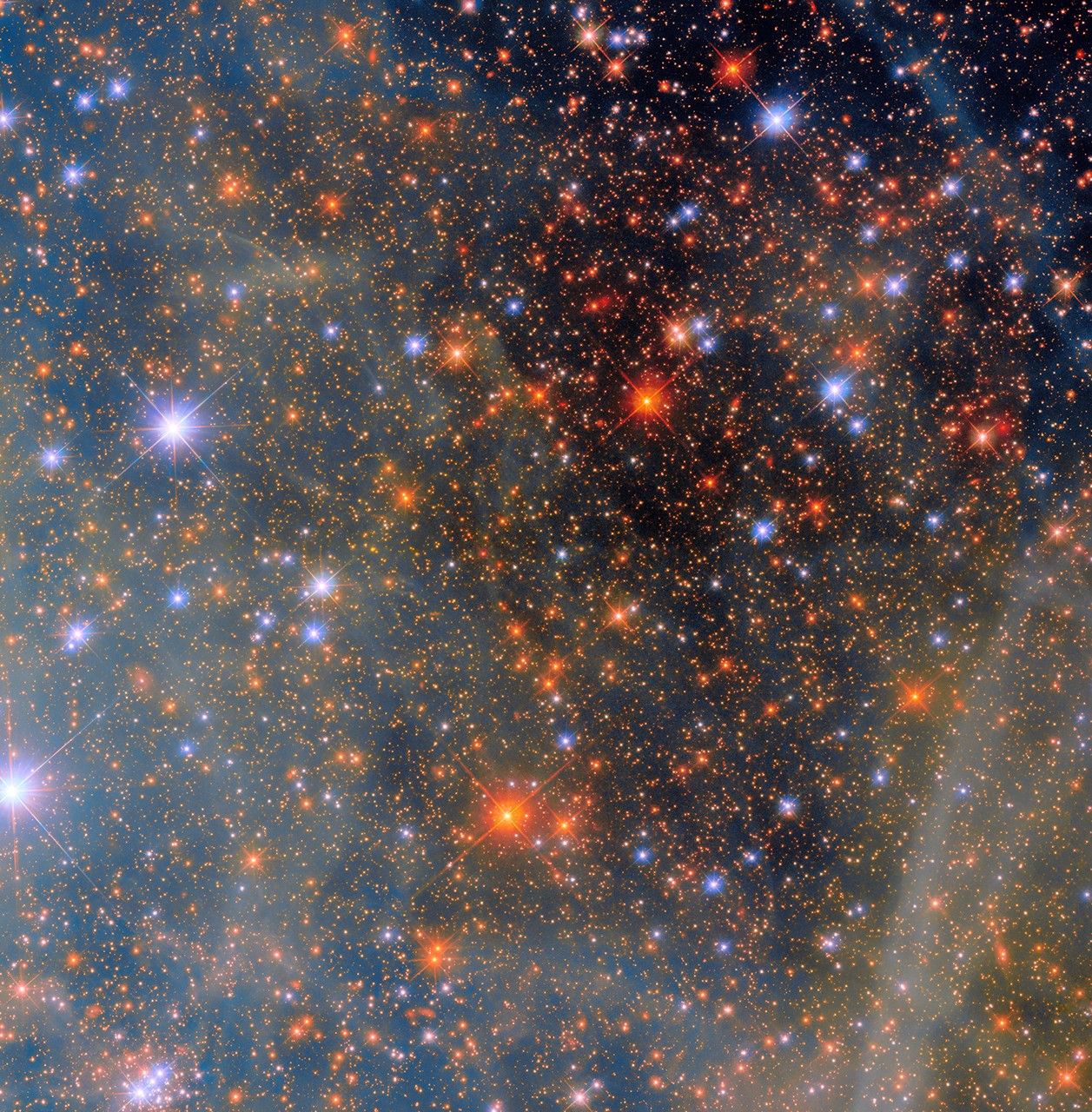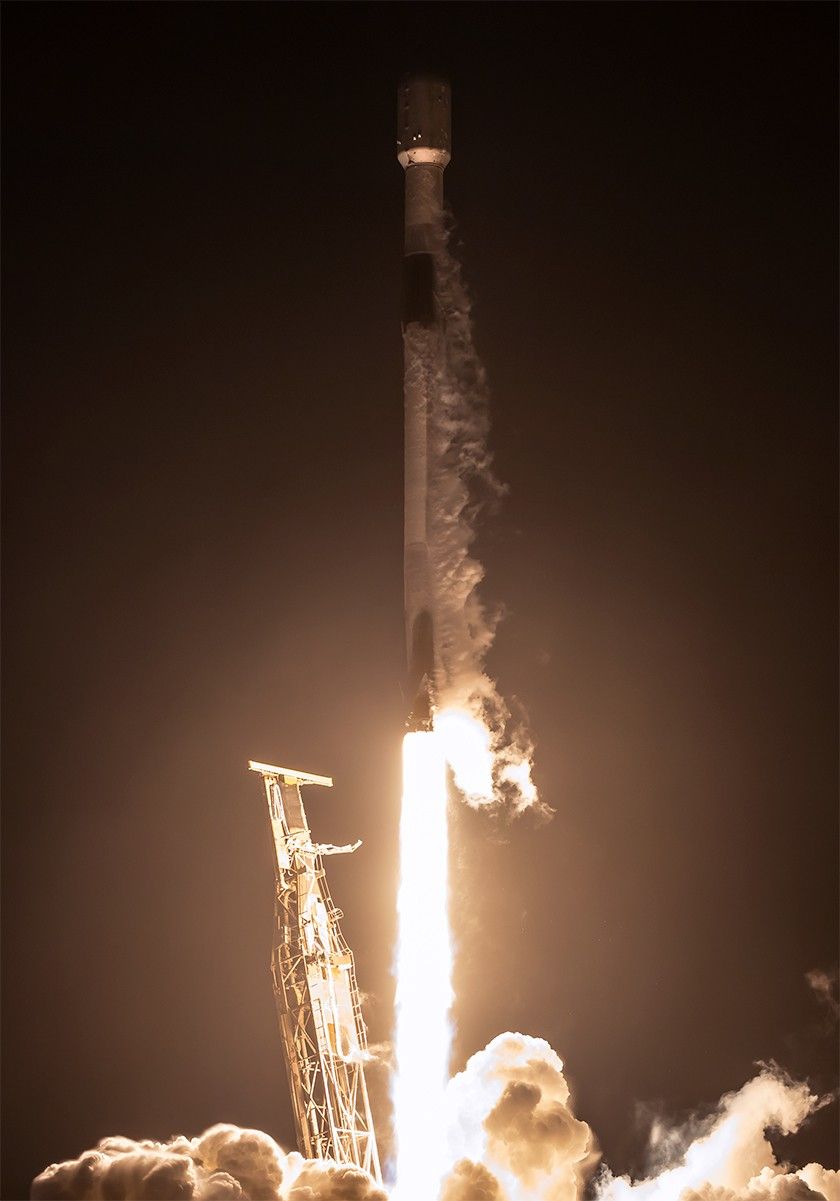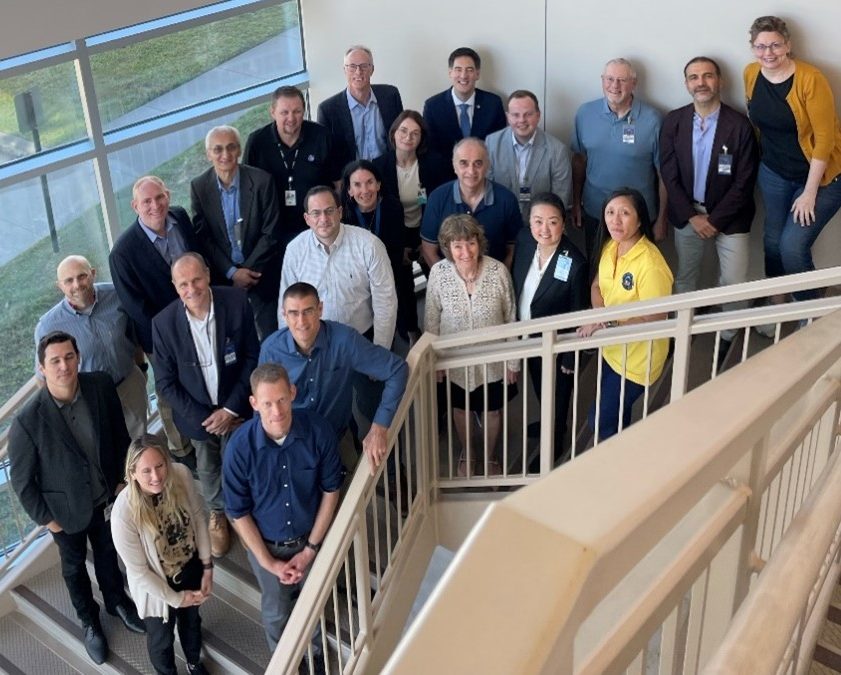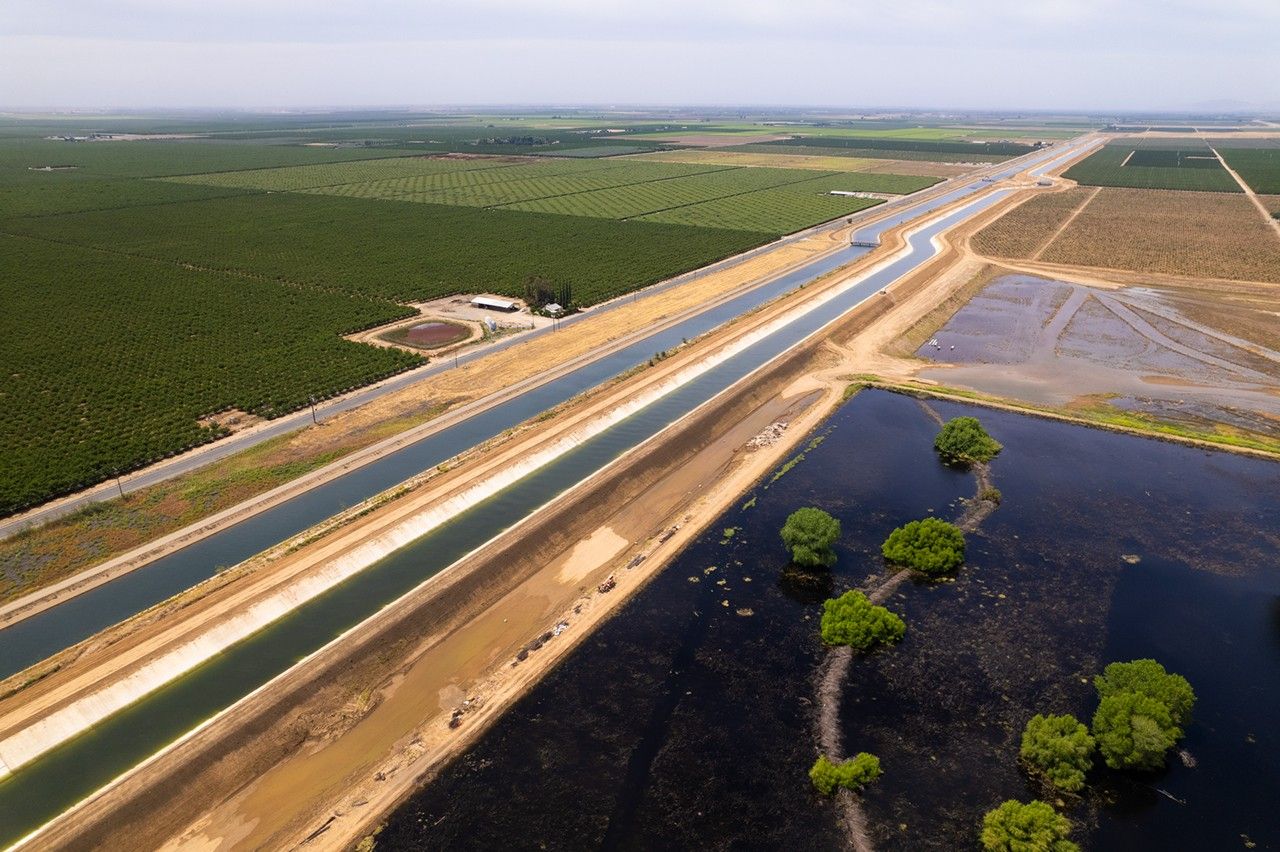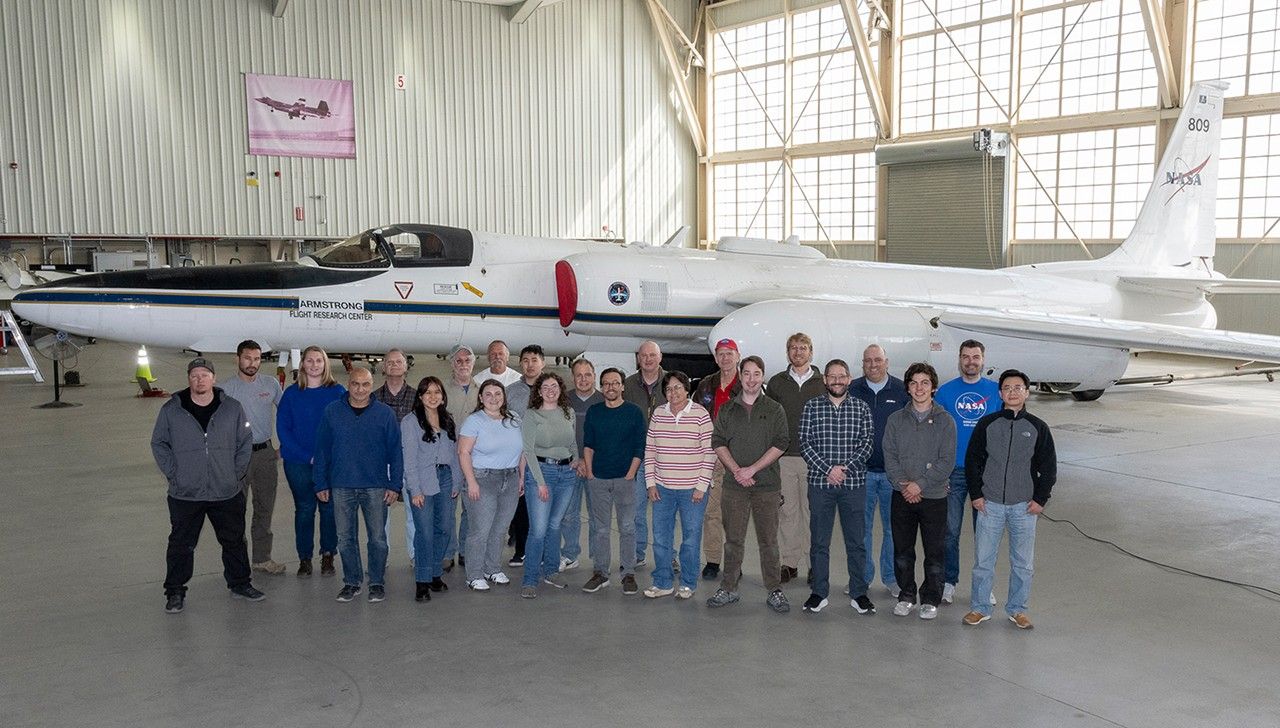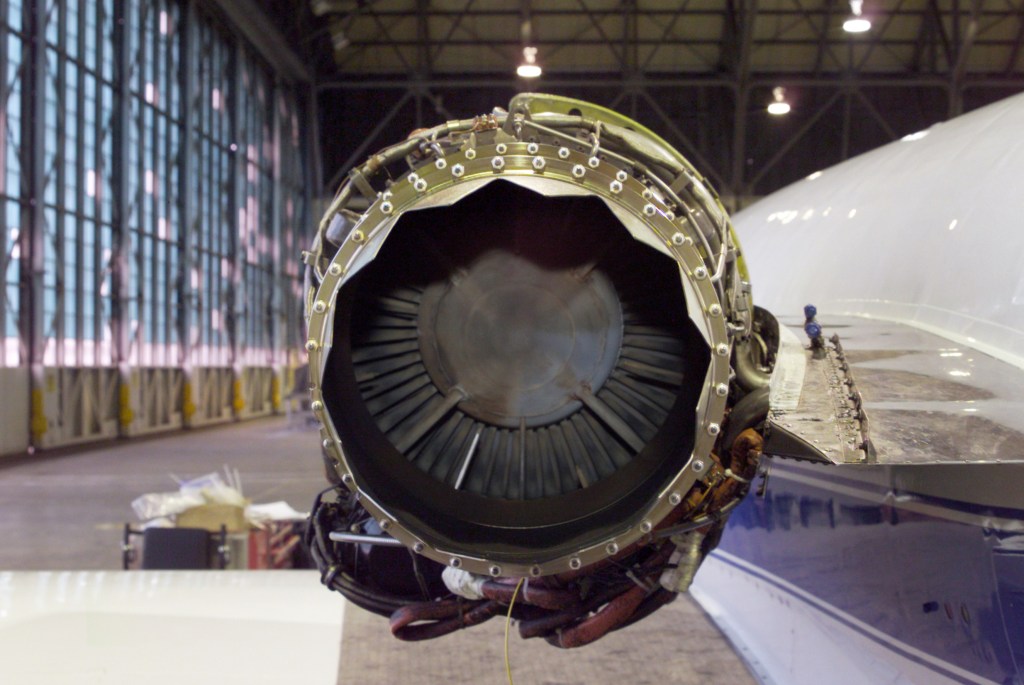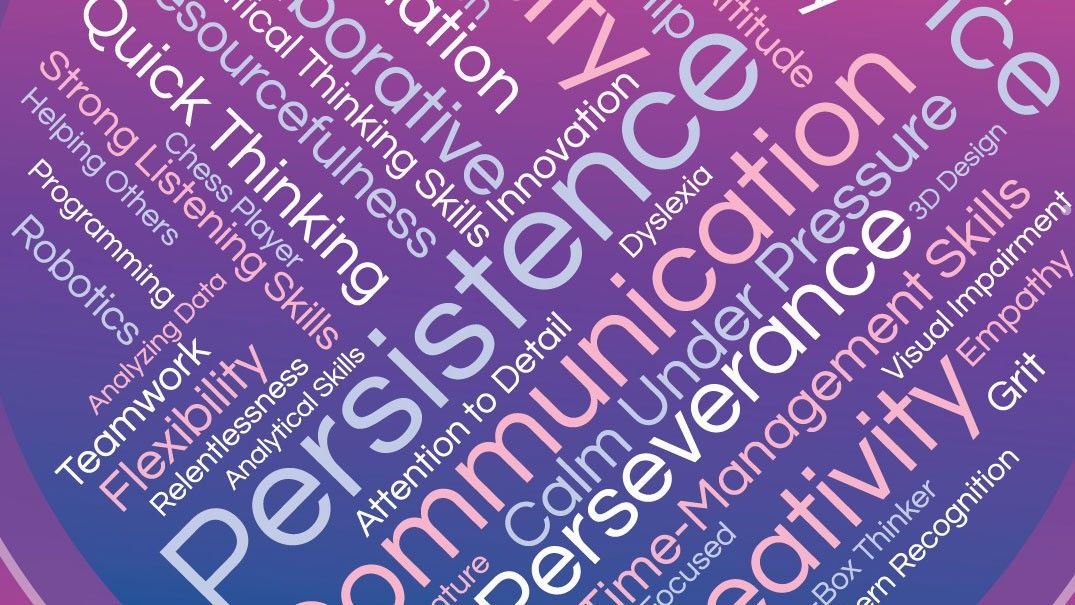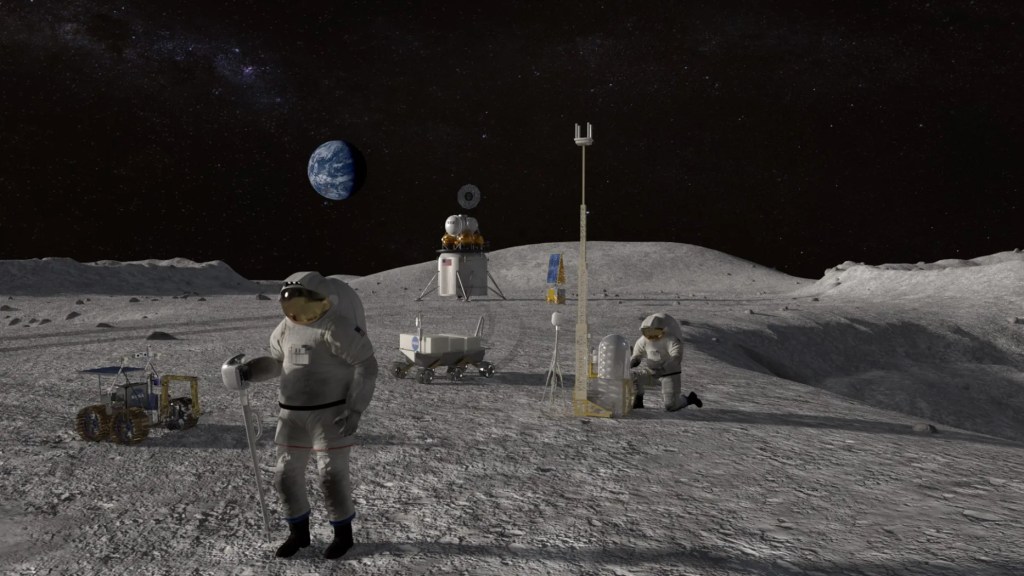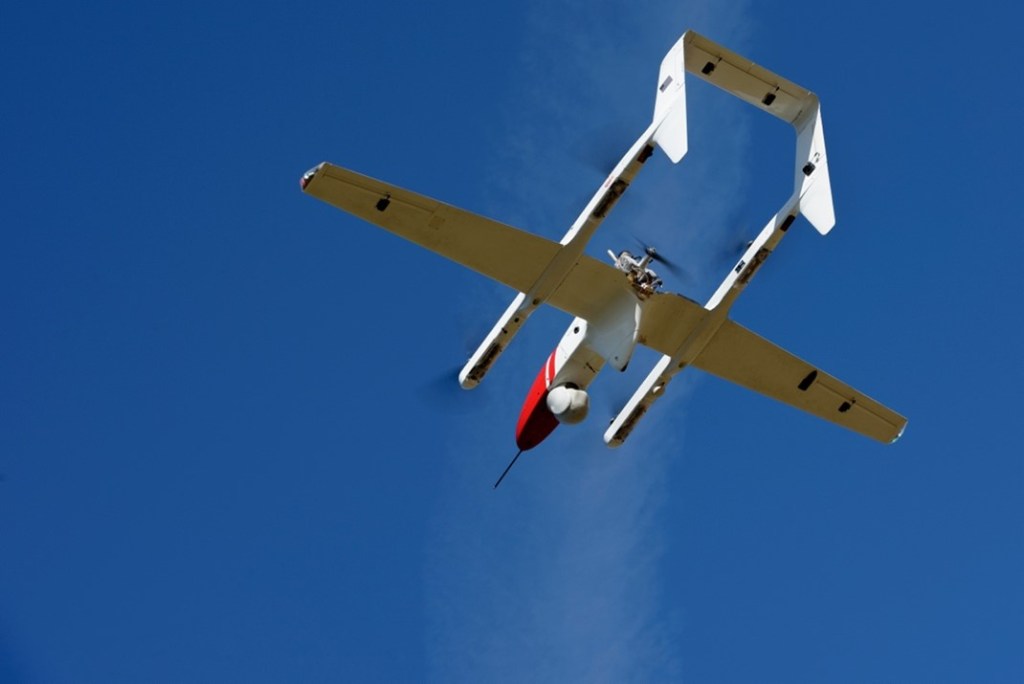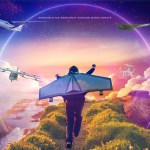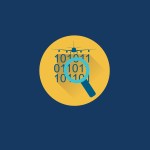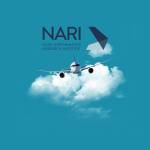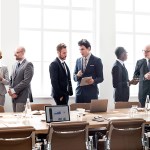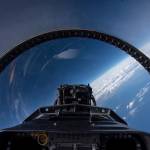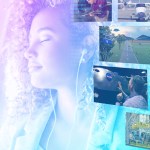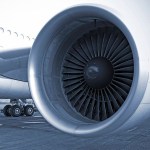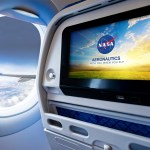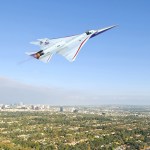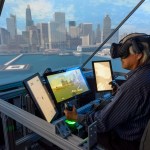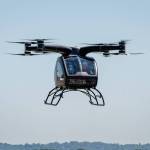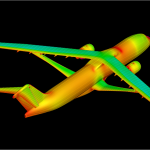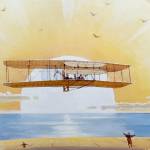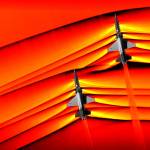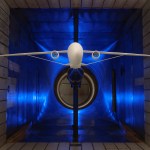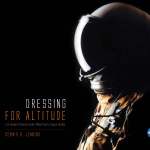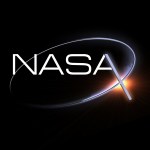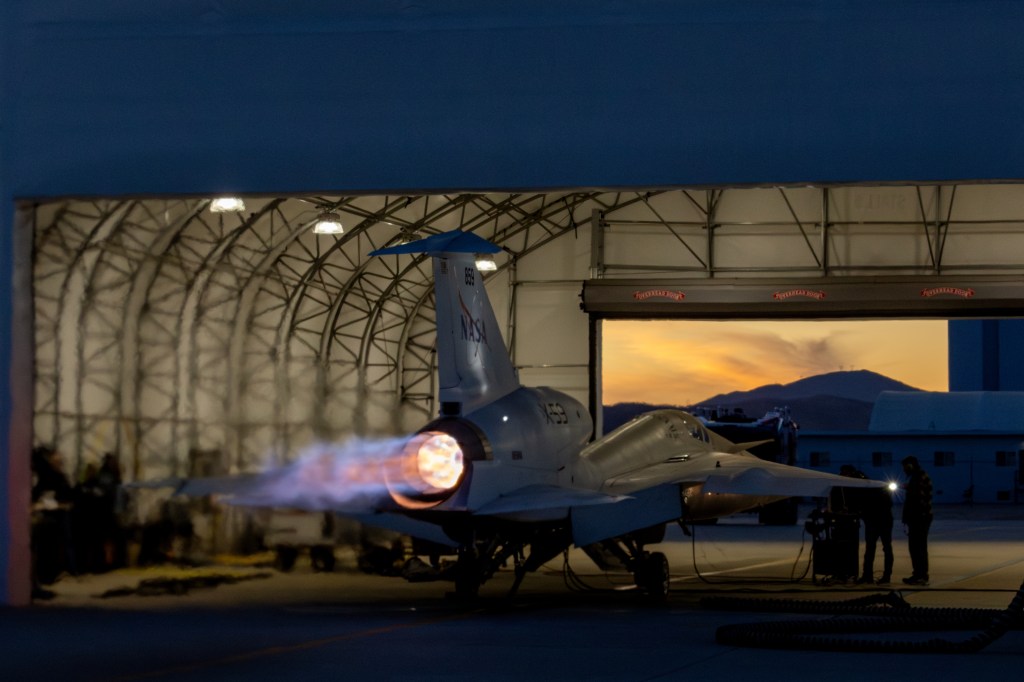
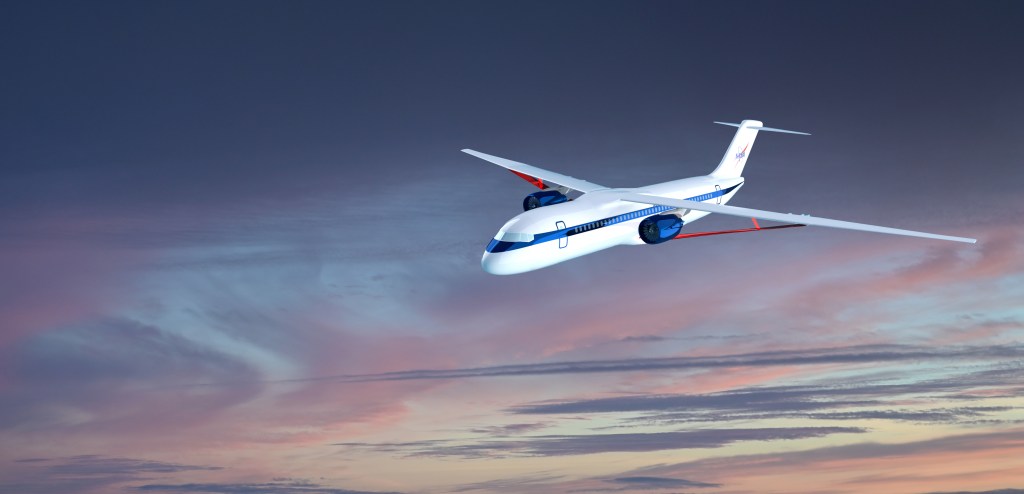

Aeronautics Research Mission Directorate
NASA’s origins trace back to 1915 with the National Advisory Committee for Aeronautics, which soon established its people and facilities as the world’s leading home for aeronautics research. Today, every U.S. commercial aircraft and air traffic control facility incorporates NASA-developed technology. That heritage continues at NASA, where the first “A” stands for Aeronautics, and the efforts to safely and sustainably transform aviation for the 21st century are managed by the agency’s Aeronautics Research Mission Directorate (ARMD).
Latest ARMD News
Aeronautics Videos Playlist
Your next bingeworthy series is right here. Enjoy this collection of videos that help tell the story of how NASA Aeronautics is transforming aviation for the 21st century.
See the Video PlaylistNASA Aeronautics – A Vision for Aviation in the 21st Century
NASA's Aeronautics Research Mission Directorate is working to enable industry to introduce transformative options for future air travel in at least four major areas.
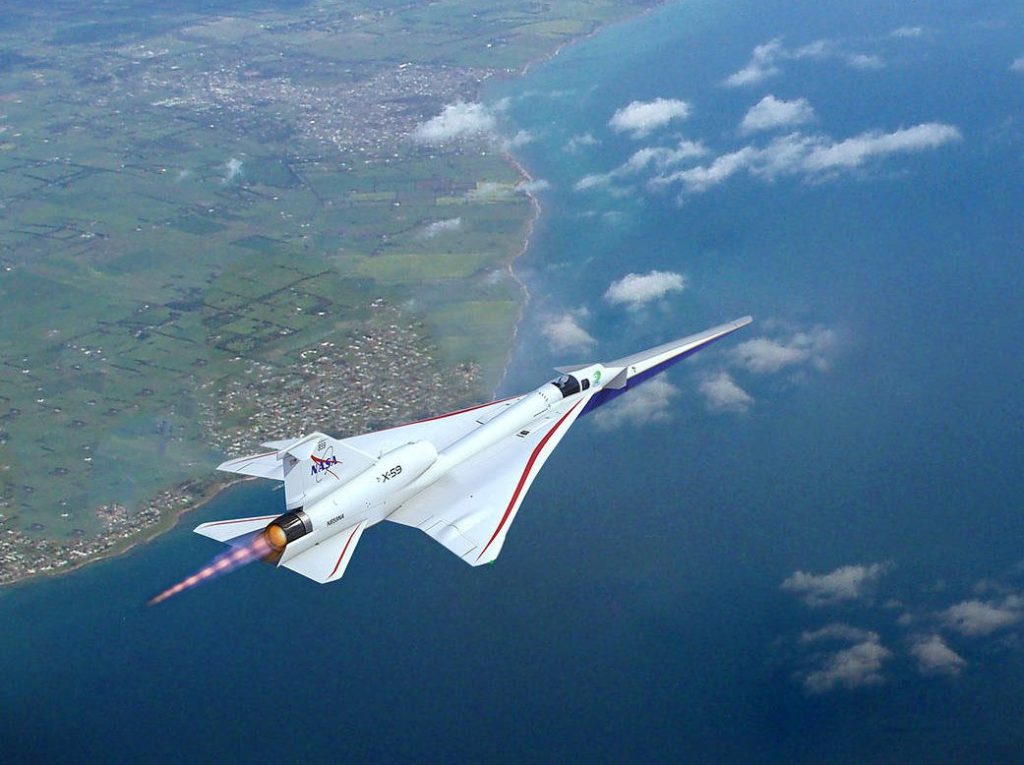
High-Speed Commercial Flight
Quesst is NASA's mission to show the X-59 can fly supersonic without generating loud sonic booms and survey what people hear when it flies overhead. Reaction to the quieter sonic "thumps" will be shared with regulators who will then consider writing new rules to lift the ban on faster-than-sound flight over land.
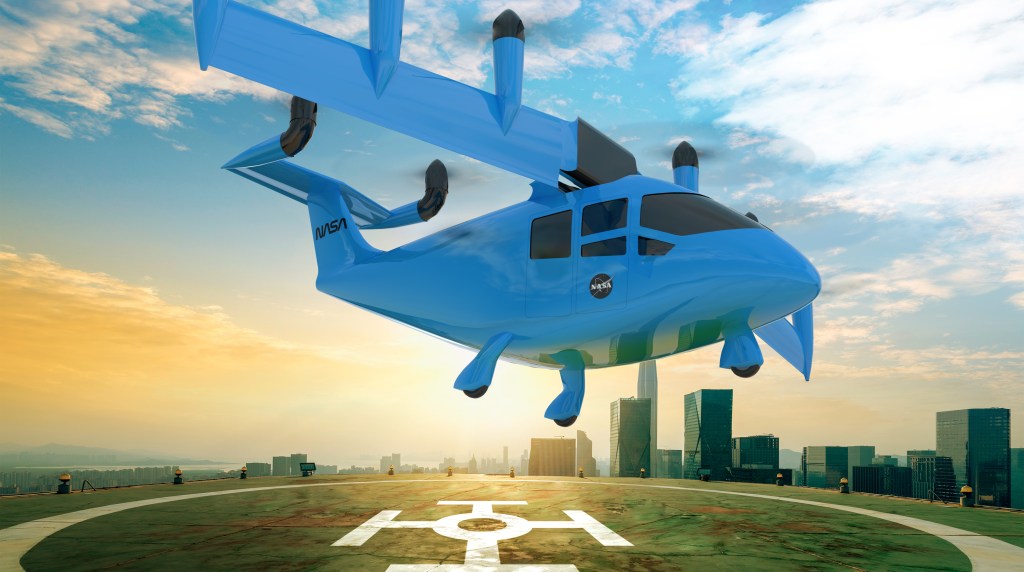
Advanced Air Mobility
Advanced Air Mobility is NASA's mission to help emerging aviation markets safely develop an air transportation system that moves people and cargo between places previously not served or underserved by aviation, using revolutionary new aircraft that are only just now becoming possible thanks to converging technologies.
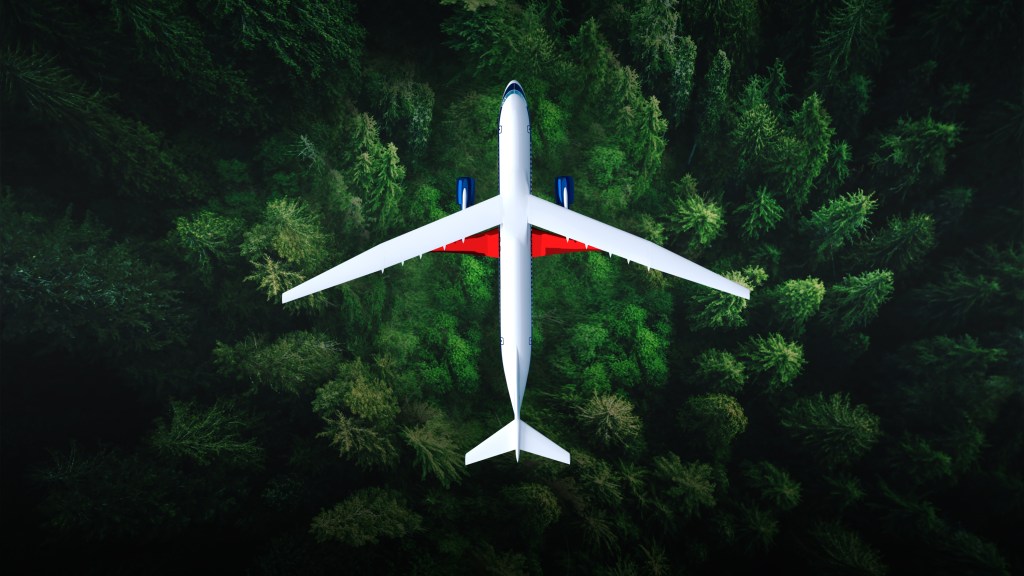
Ultra-Efficient Airliners
Under the Sustainable Flight National Partnership, NASA is leading federal agencies and industry to accelerate the development of sustainable technologies. The goal is to enable globally competitive next generation airliners using up to 30% less fuel.

Future Airspace and Safety
NASA is working with the Federal Aviation Administration and others to transform air traffic management systems to safely accommodate the growing demand of new air vehicles entering the airspace, enabling them to perform a variety of missions no matter what airspace that mission may require.
Our Strategy
This Strategic Implementation Plan sets forth NASA's vision for aeronautical research aimed at the next 25 years and beyond. It encompasses a broad range of technologies to meet future needs of the aviation community, the nation, and the world for safe, efficient, flexible, and environmentally sustainable air transportation.
Read the Plan about Our Strategy
ARMD Programs
NASA’s aeronautical research is organized into four major programs. Learn about them here.
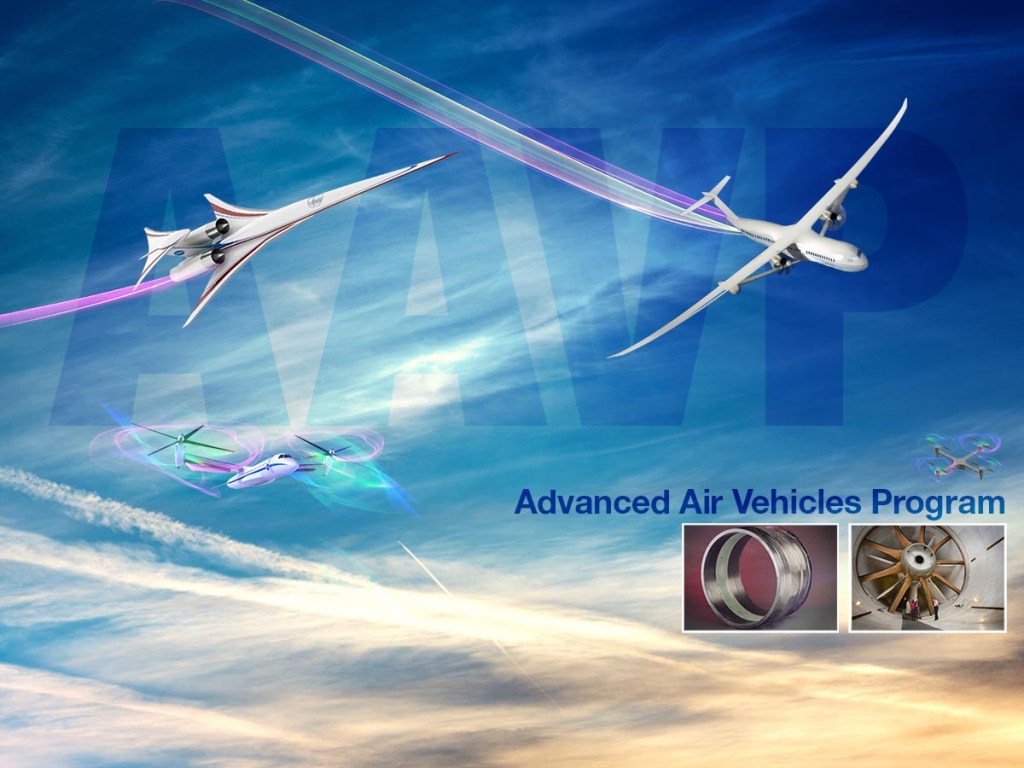
Advanced Air Vehicles Program
Advanced Air Vehicles Program (AAVP) studies, evaluates, and develops technologies and capabilities for new aircraft systems, and also explores far-future concepts that hold promise for revolutionary air-travel improvements.
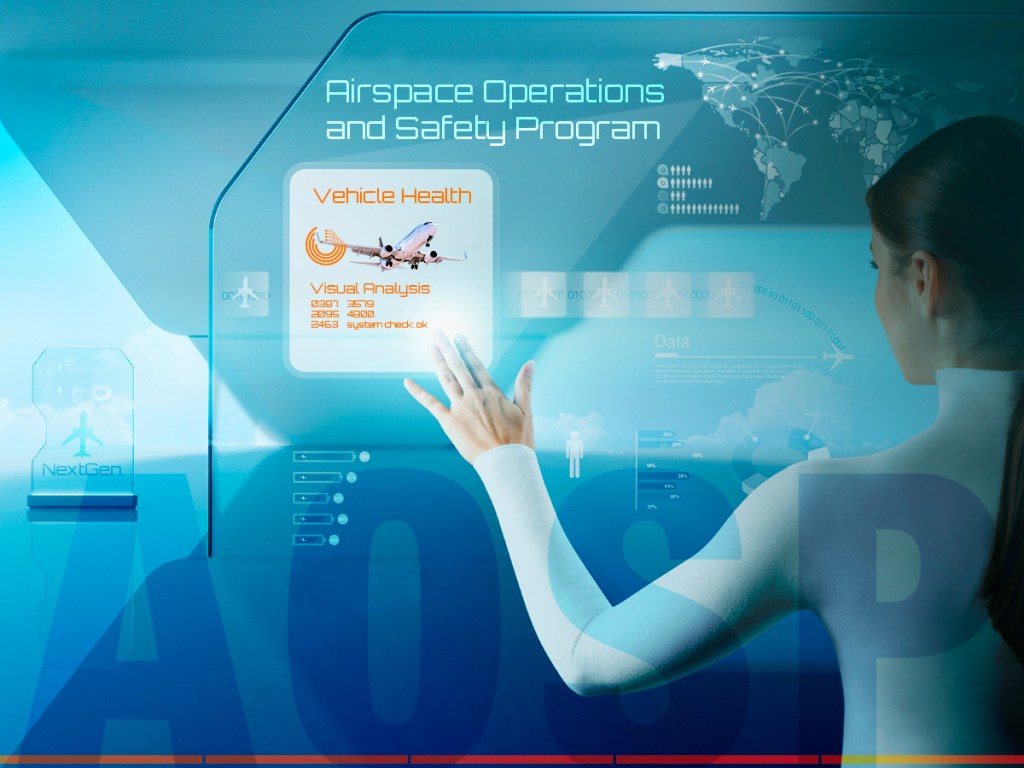
Airspace Operations and Safety Program
Airspace Operations and Safety Program (AOSP) enables safe, sustainable, and efficient aviation transportation operations to benefit the flying public and ensure the global competitiveness of the U.S. aviation industry.
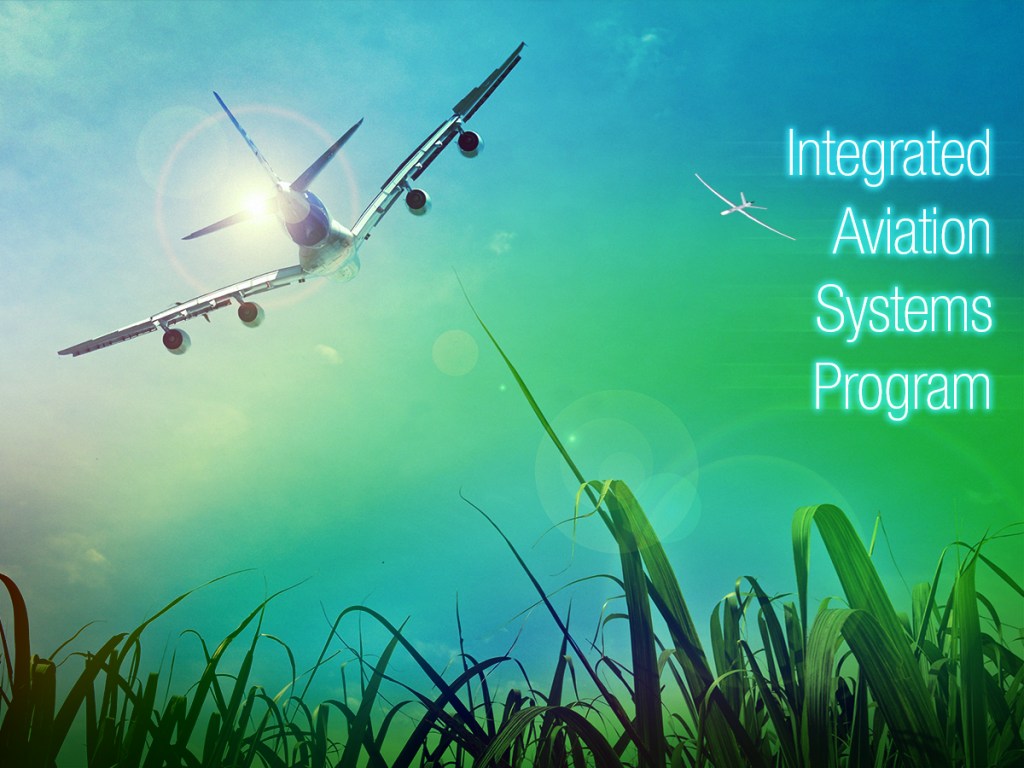
Integrated Aviation Systems Program
Integrated Aviation Systems Program (IASP) conducts flight-oriented, system-level research and technology development to effectively mature and transition advanced aeronautic technologies into future air vehicles and operational systems.
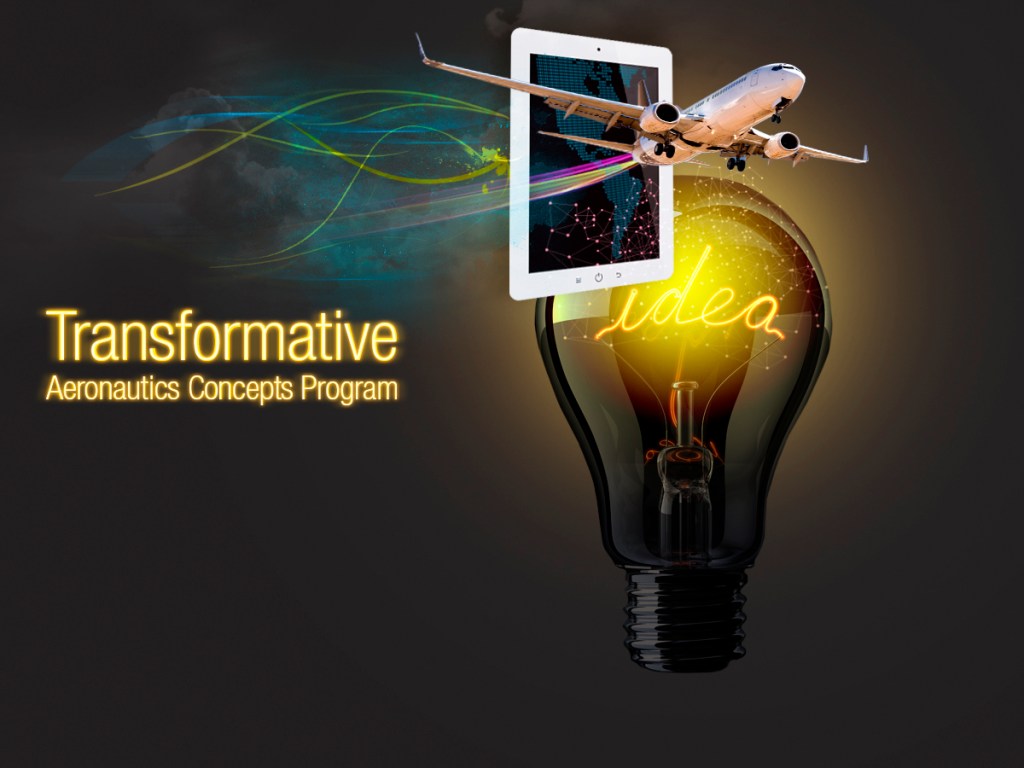
Transformative Aeronautics Concepts Program
Transformative Aeronautics Concepts Program (TACP) cultivates concepts and capabilities that inspire new solution paths, enable innovative design, and lead to technologies that transform aviation.
Aerosciences Evaluation and Test Capabilities
The Aerosciences Evaluation and Test Capabilities portfolio office executes strategic efforts to preserve and enhance research and test capabilities for NASA’s world-class portfolio of National Wind Tunnel facilities.
Learn More About the AETC Portfolio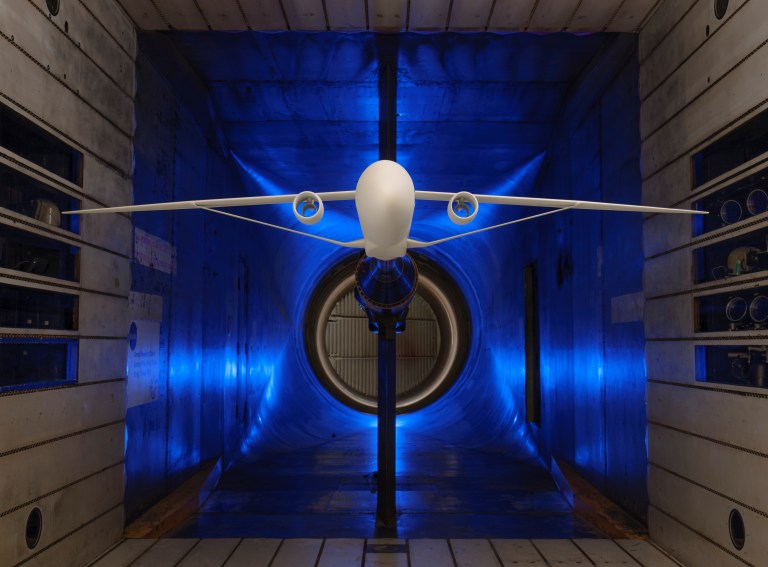
Quesst Mission
Interested in flying to your next destination in half the time? NASA's Quesst mission is to lead a government-industry team to collect data that could make commercial supersonic flight over land possible, dramatically reducing air travel time in the United States or anywhere in the world. The centerpiece of the mission is the X-59 aircraft.
Learn More About the Quesst Mission about Quesst Mission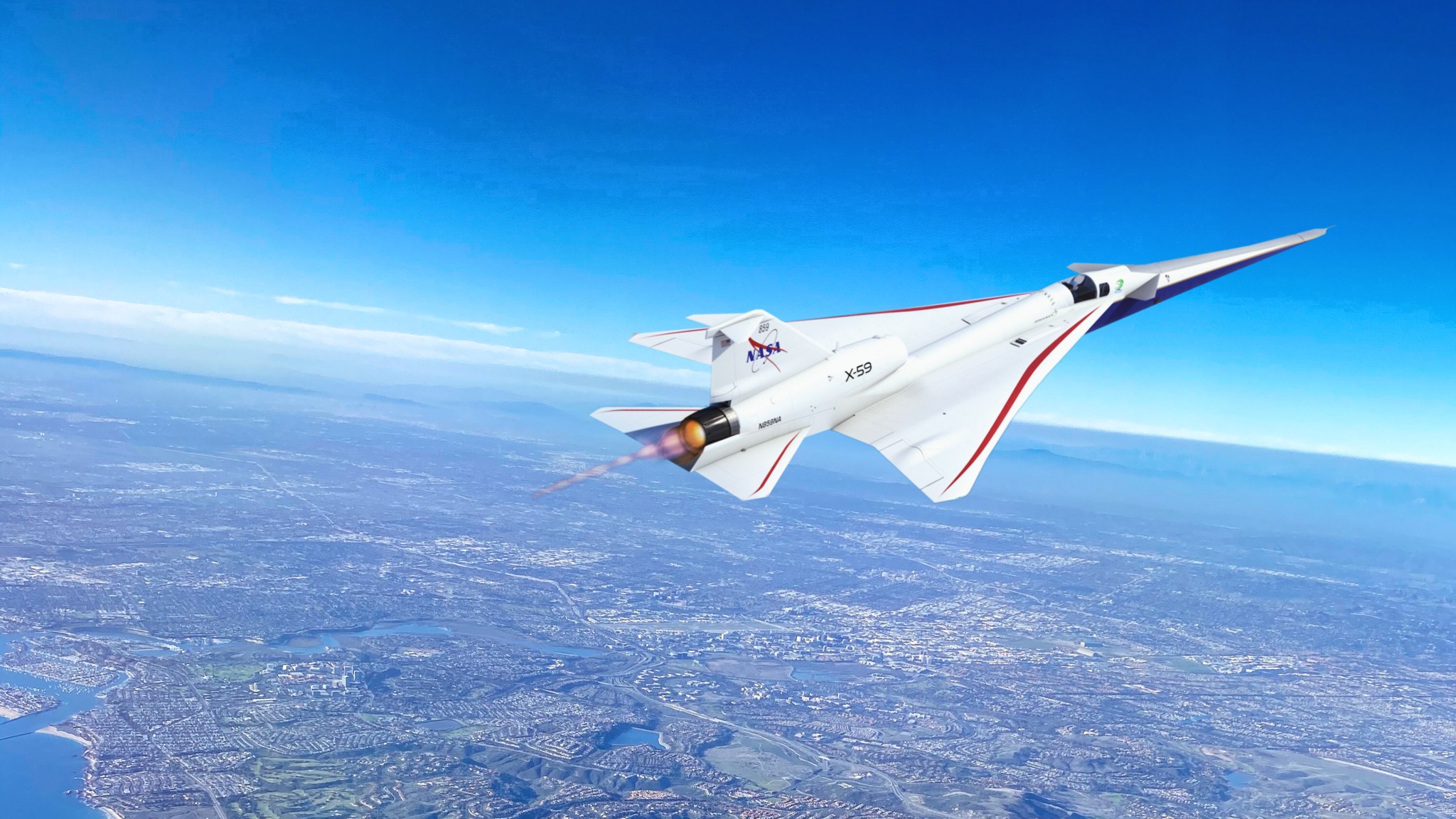
Advanced Air Mobility Mission
NASA’s Advanced Air Mobility (AAM) mission seeks to transform our communities by bringing the movement of people and goods off the ground, on demand, and into the sky. This air transportation system of the future will include low-altitude passenger transport, cargo delivery, and public service capabilities.
Learn More About the AAM Mission about Advanced Air Mobility Mission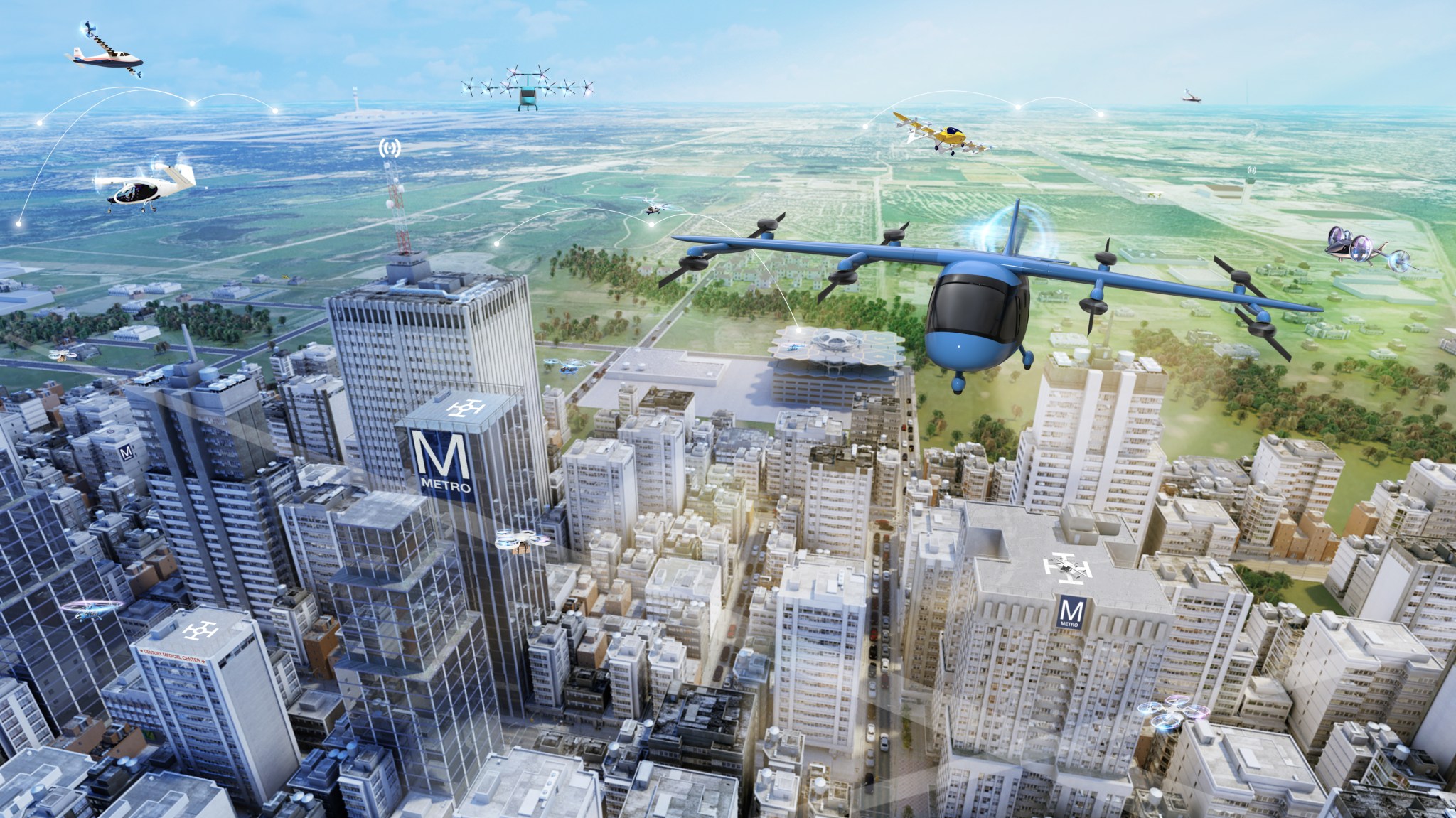
Office of the Associate Administrator for Aeronautics
Aeronautics Research Mission Directorate Leadership Team

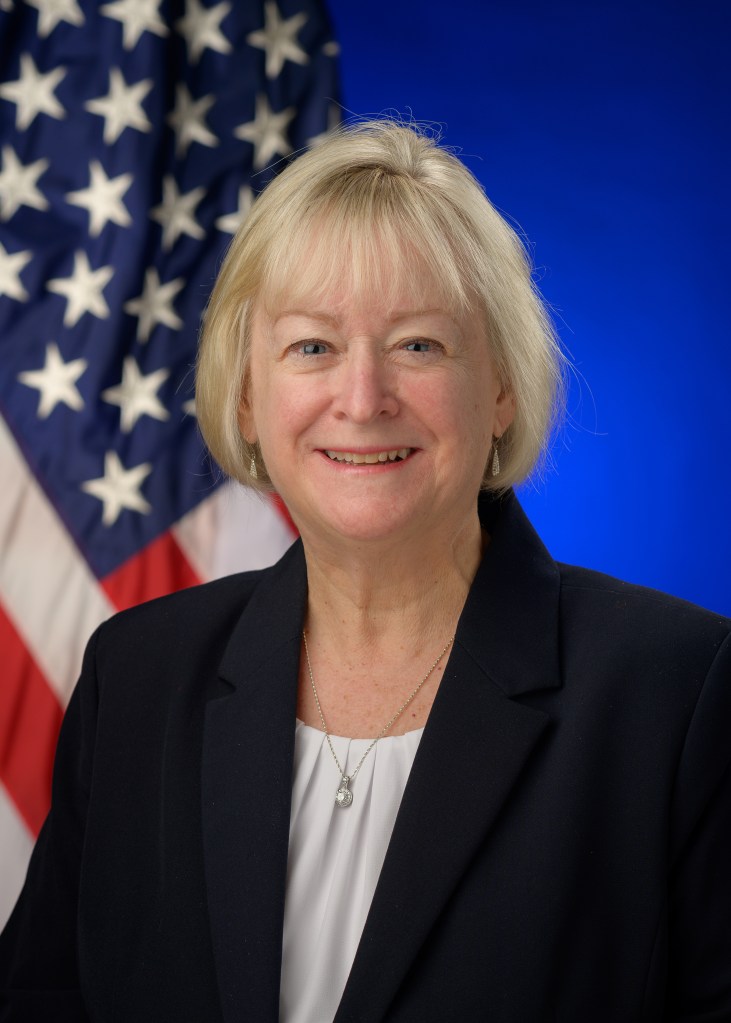


ARMD AA Awards
The ARMD Associate Administrator (AA) Awards are presented to NASA employees, contractors, and students or interns who distinguish themselves, either individually or as part of a group, through their overall approach to their work and through results they achieved during the award year.
View the 2024 AA Awards Honorees about ARMD AA Awards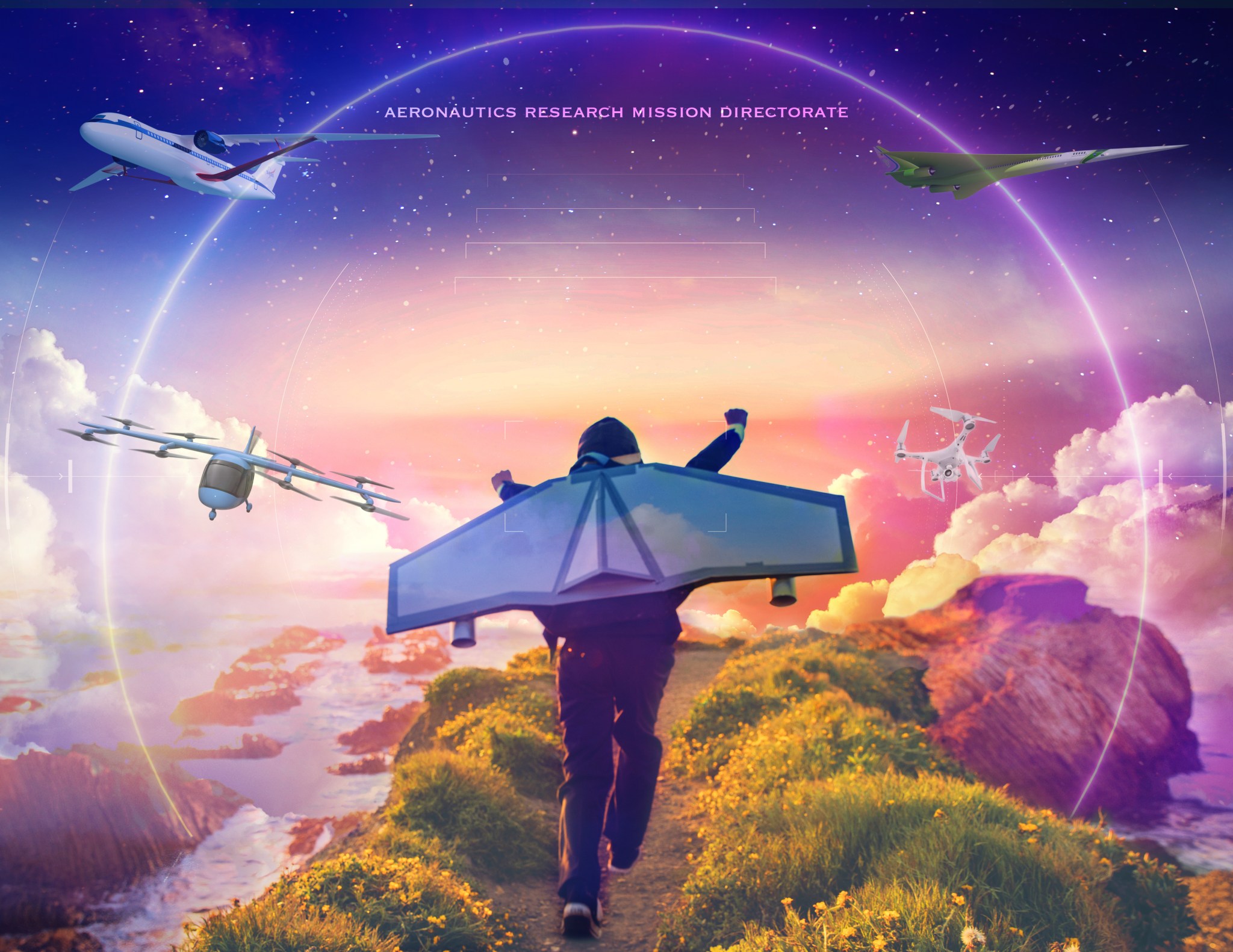
NASA Aeronautics Field Centers
NASA conducts its research and operations at field centers across the United States. Four of those centers have traditionally been home to the agency's aeronautics work. Learn more about them.
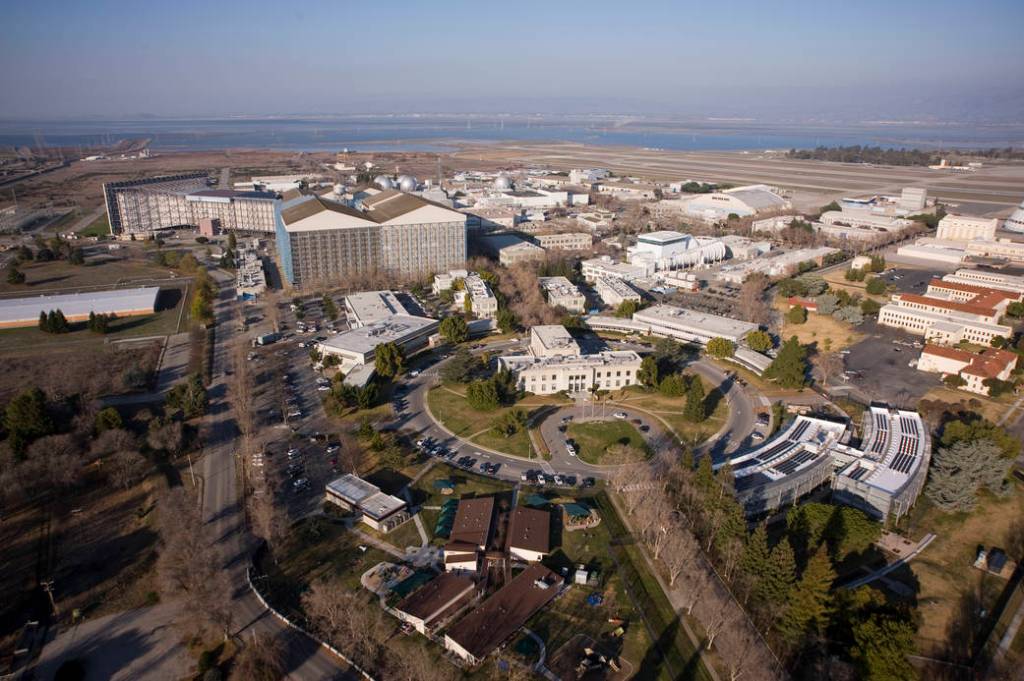
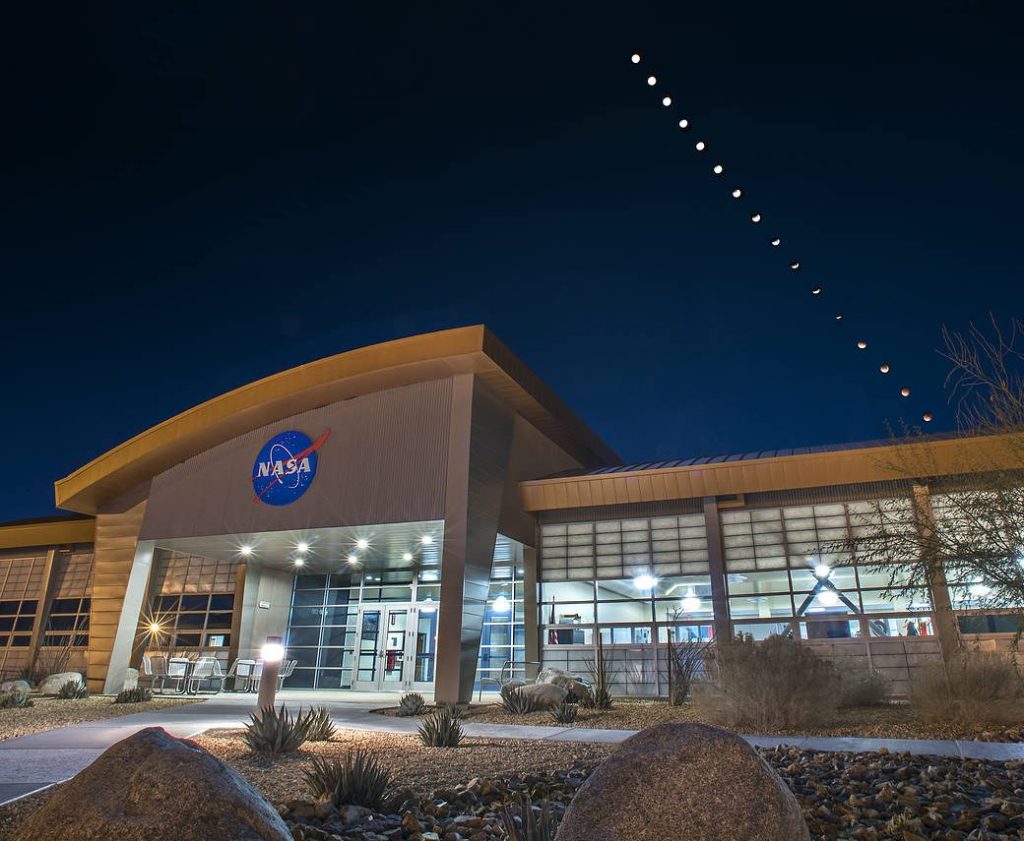
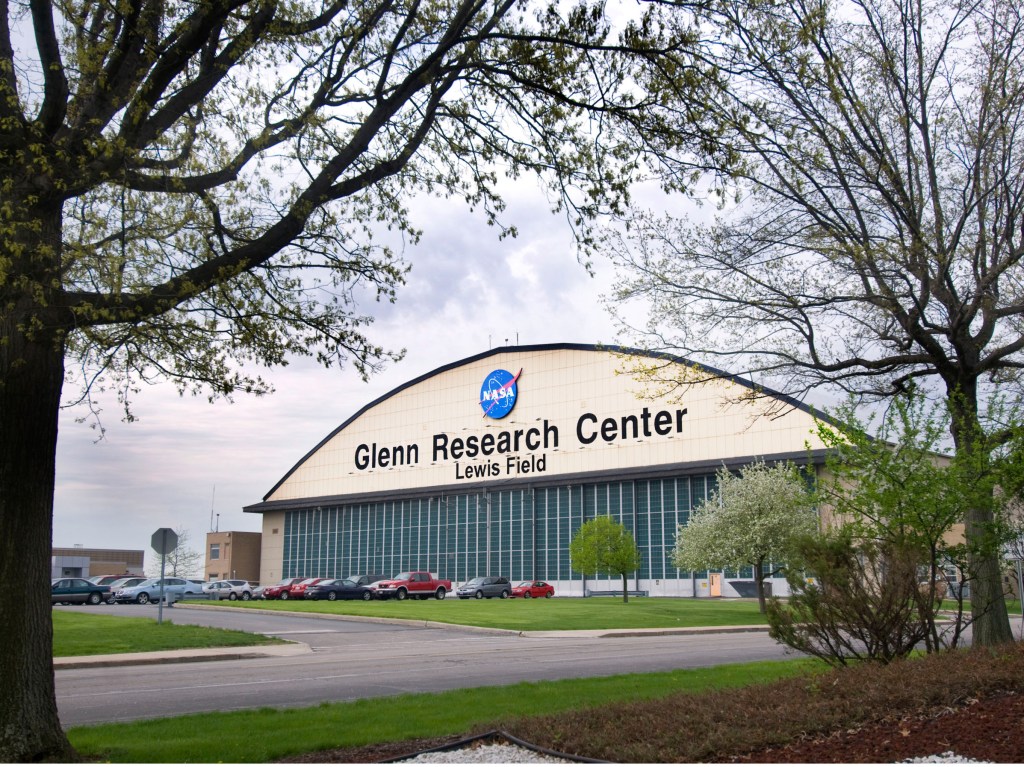
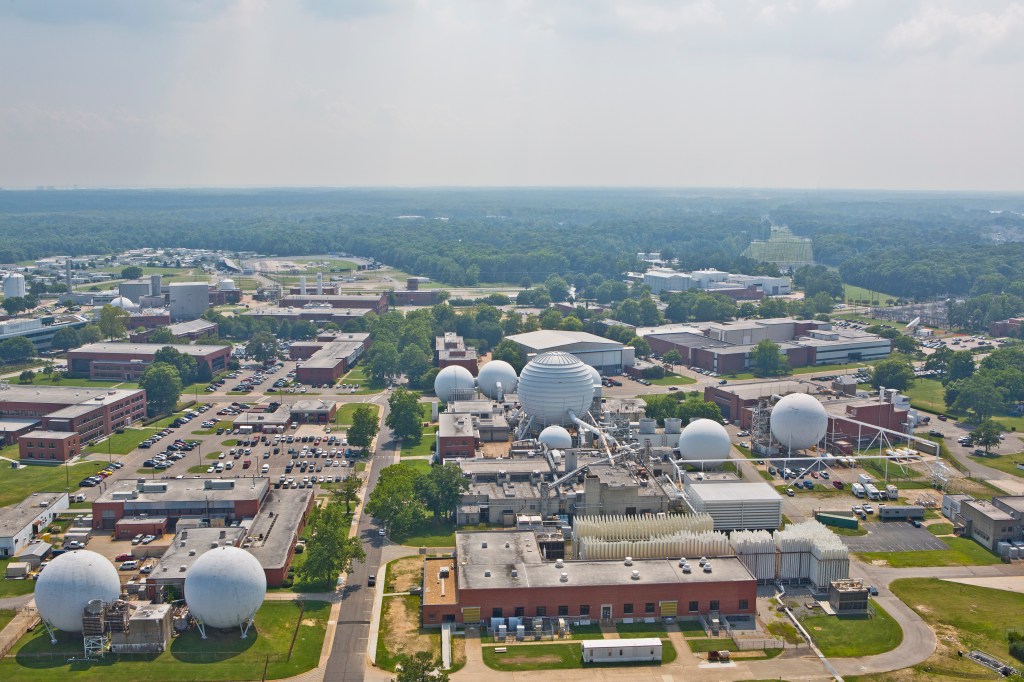
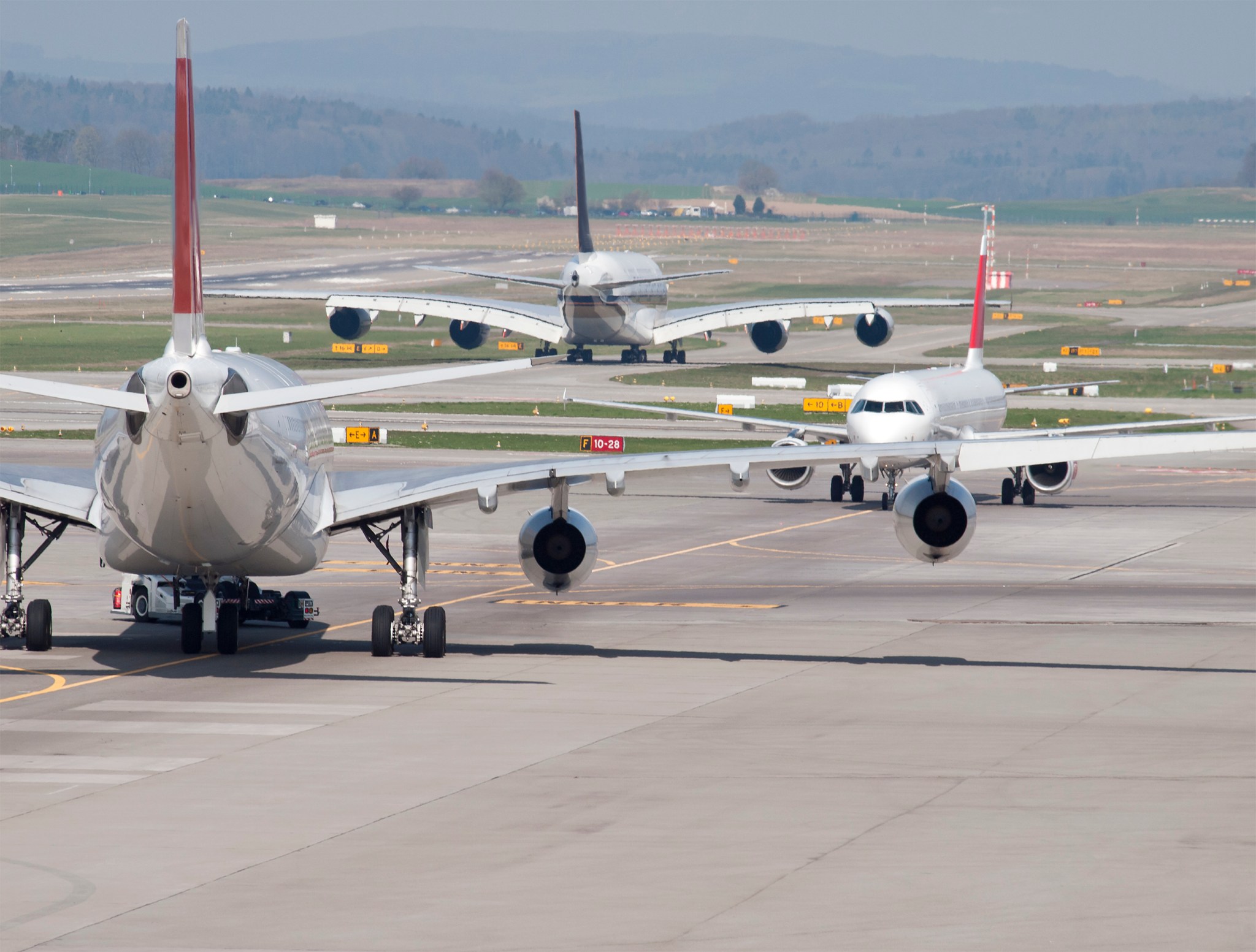
Why should I care?
You may not have flown today, but something you needed or used today did. The latest electronic gadget, flowers for a loved one, life-saving medicine, or even fresh seafood for supper — many of your most important needs and wants were delivered to you because of air travel. The importance of aviation to our lives, our economy, and to our society at large is undisputed. Ensuring we have the safest, most sustainable, and most advanced aeronautics technology is the goal of our hard-working aeronautical innovators. Here are some facts about aviation’s contributions to the the U.S. economy:
• 8.7 million flights by U.S. carriers worldwide in 2023
• 22.2 million tons of freight transported by U.S. airlines in 2023
• $114 billion positive manufacturing trade balance in 2023
• 2.2 million aerospace/defense jobs; 462,000 in aeronautics/aircraft in 2023
With more than a century of aeronautical research heritage to back it up, we’re fond of reminding folks that NASA is with you when you fly. That’s because some piece or form of NASA technology is in use on every U.S. airplane flying today. The images presented here offer just a few examples of how you benefit from NASA when you fly.
Aeronautics Innovation Challenge
NASA’s Aeronautics Innovation Challenges are your entry points to the exciting, fast-moving aviation world of today. And they’re valuable ways for us to get inputs and ideas that may never have occurred to us. Thank you for joining our journey!
Learn More about Aeronautics Innovation Challenges about Aeronautics Innovation Challenge